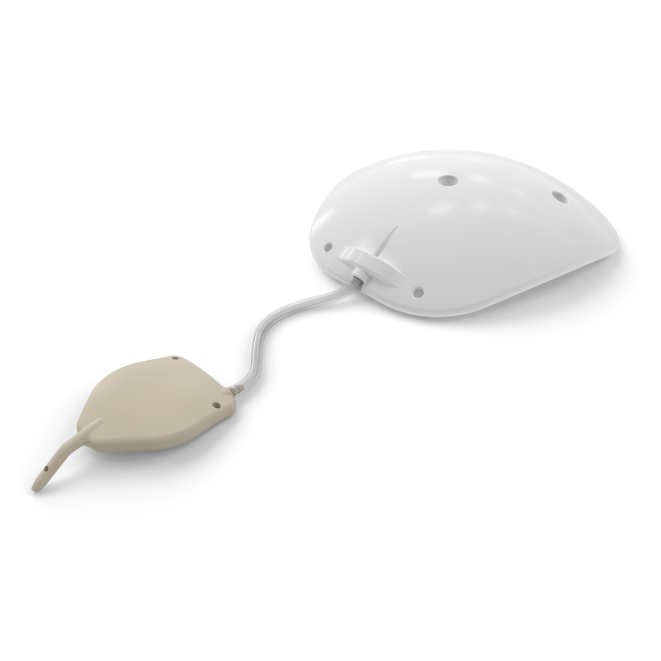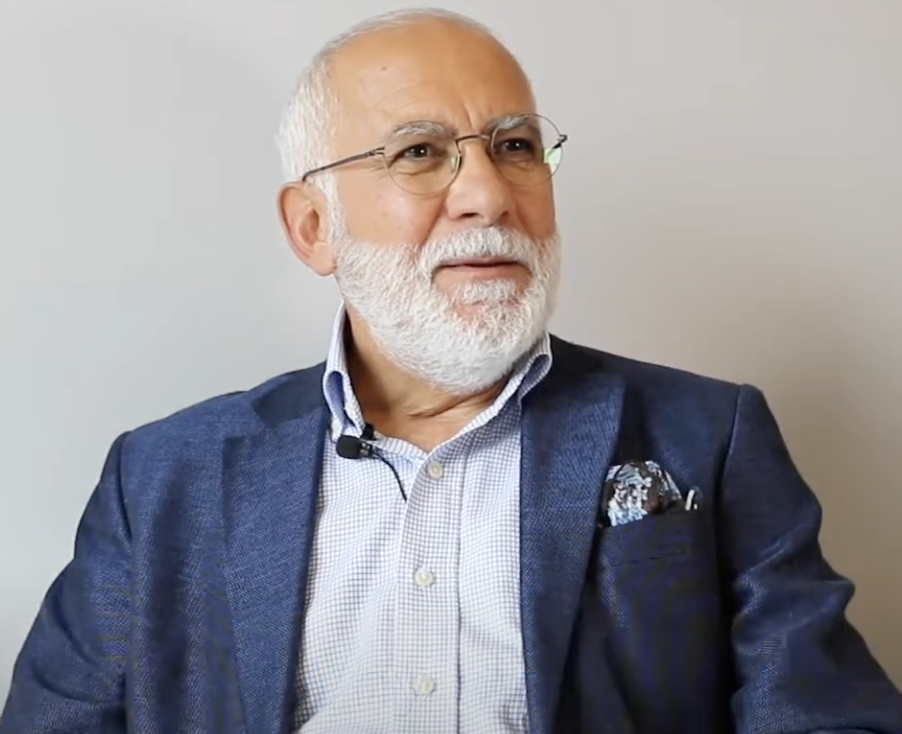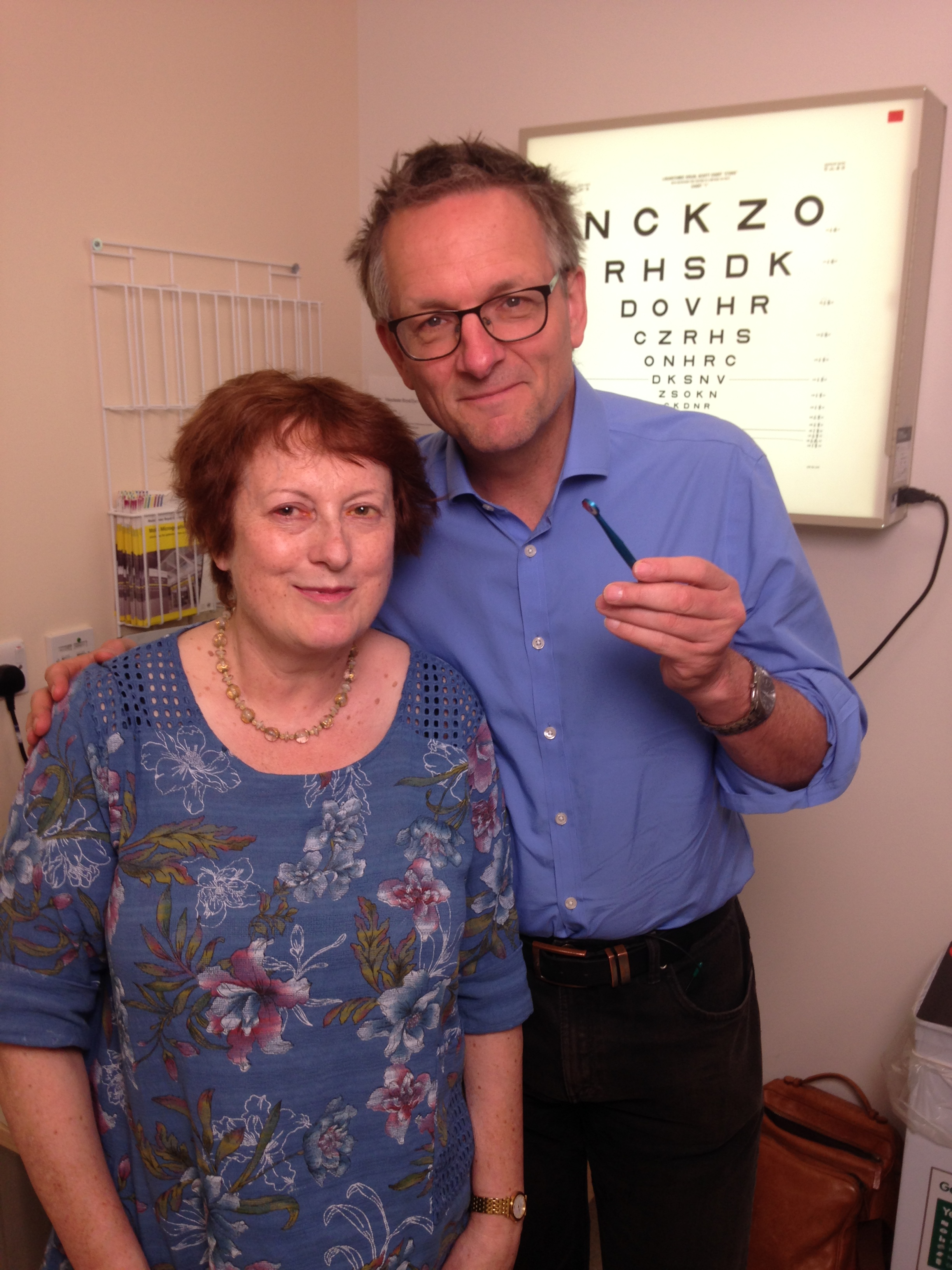“Having an eyeWatch is totally painless. The day-to-day comfort is outstanding because I do not have to put eyedrops every day and the eyeWatch helps me see without even feeling it. I have no pain, or discomfort, and most importantly, excellent vision!”



